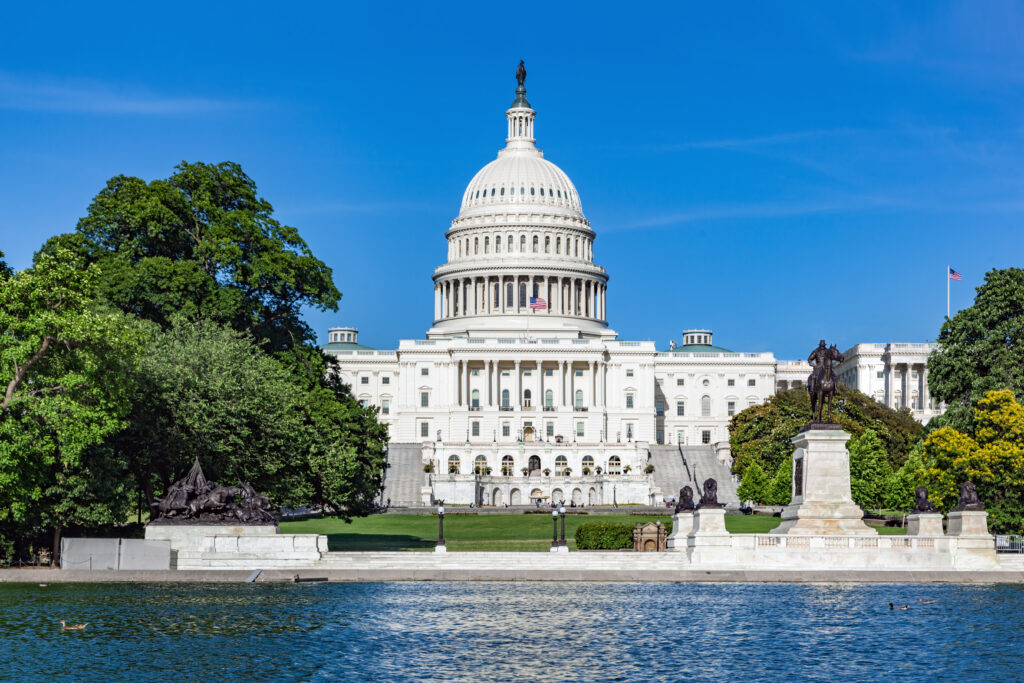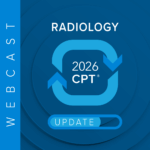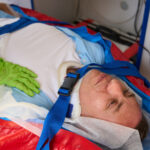The patient with late stage lung disease has progressed to the need for opioids and this is where palliation of symptoms falters and palliative care intervention is most needed.
Our lives start and end with a breath. The first breath of an infant is anxiously awaited with joy and the last breath of a patient is sadly anticipated with dread. All the reliably normal breaths in between assure that our lives are going well. So confronting breathlessness in patients takes our breath away along with theirs.
Severe respiratory distress is one of the most alarming things a patient experiences and a family member encounters. The distressed patient pleads, “Help me, I can’t breathe,” the distressed listener hears, “Help me, I am dying.” The medical term for the struggling to breathe is dyspnea which comes from the Greek ‘duspnoia’ which means ‘unfortunate breathing.’ Dyspnea to the sufferer or the onlooker is truly an unfortunate experience. Breathlessness makes you feel and look like you are dying because desperately struggling for breath is what dying looks like.
Patients with end stage lung diseases experience anguishing physical symptoms and an eroding quality of life on a scale similar to patients with metastatic cancer. The distress engendered in caregivers by patients in the latter stages of diseases, such as, chronic obstructive pulmonary disease (COPD) and interstitial pulmonary fibrosis (IPF) can exceed that of advanced malignancy.
Deadly lung diseases have another awful quality that cancer often does not – their debilitation occurs over a longer trajectory. Intractable pulmonary diseases strangle the patient inexorably and often a hospitalization for an exacerbation means another chance to suffer again. Loved ones caring for these patients strangle along with them. The etymology of ‘worry’ is from the Old English word ‘wyrgan’ meaning ‘to strangle’. This breathless slide downward into dying overwhelms the patient and their caregivers with dread, hopelessness, and worry.
The financial costs of dyspnea are in the many billions. The human costs of breathlessness are incalculable. Advanced lung diseases exist in a constellation of co-morbidities which cause widespread physical, psychological, and spiritual suffering. In the absence of well-considered advanced care planning (APC) or a physician’s orders for life-sustaining treatment (POLST) form, the end stages of COPD and IPF can lead to a bitter ending of physical isolation from relentless gulping for air, poor control of debilitating symptoms, and an unclear prognosis.
Providing a prognosis is as important as the relief of physical suffering. A prognosis provides predictive information with which a coping strategy can be formulated. Without a prognosis, patients and families literally cannot cope.
More than ten years ago, the term ‘disadvantaged dying’ was coined for patients laboring under the burdens of end-stage lung disease. Pulmonary patients are often physically limited not only by breathlessness but also by the paraphernalia required for around the clock oxygen and nebulized medications. Many patients with COPD feel stigmatized by physicians and the public for having a ‘smoking related disease.’
Diseases like COPD and IPF have cycles of exacerbation and recovery which tend to foster a medical mentality of either treating for cure or for comfort but not both together. This often leads to superficial inquiries, if any, about patient preferences. Frequently, when these discussions take place they are not about how suffering can be ameliorated but rather “Do you want to be put on a breathing machine?” Establishing a ‘code status’ is only part of APC but many times this is all the planning that is ever instigated, if at all. Regrettably and avoidably, in many instances any discussion is last-minute in the midst of a crisis which fosters reflexive answers and not deliberate ones.
The goals of APC and a POLST form in patients who are homebound due to intractable dyspnea, experiencing accelerated frailty, and developing progressive dependence on caregivers, center around staying – staying out of the ER, staying out of the hospital, and staying in the home. The statistics on patients dying from COPD or IPF who are not enrolled in a hospice program are sobering. Retrospective studies have shown that more than 50 percent of patients with end stage lung disease had an ER visit in the month before they died, and 10 percent were seen in the ER on their day of death. A staggering 50 percent had more than three or more ER encounters in the last six months of life.
This repeating cycle of ER visits is driven by what professional pulmonary organizations call a ‘Dyspnea Crisis’ in which a patient and their caregivers are overwhelmed by the unendurable discomfort of struggling to breath even at rest. Both the American Thoracic Society (ATS) and the American College of Chest Physicians (ACCP) have promulgated strategies in dealing with disabling dyspnea which begin with behavioral intervention, proper use of medications, titration of oxygen, and ultimately escalating to the use of opioids and anxiolytics.
The patient with late stage lung disease has progressed to the need for opioids and anxiolytics and this is where palliation of symptoms falters and palliative care intervention is most needed.
A recent Cochrane Database review concludes that while benzodiazepine, e.g., Valium, Ativan, and Xanax, anxiolytics relieve anxiety they are ineffective for relief of refractory dyspnea. This leaves opiates as the only pharmacologic adjunct for the relief of intractable shortness of breath. And it is this need of opiates for palliation in COPD and IPF that is most problematic.
While there are legitimate concerns about the administration of opiates in some patient groups, there are legitimate indications for the administration of opiates in patients with advanced lung disease. However, this appropriate use of narcotics in patients with insufferable dyspnea is limited by a number of factors: the either cure or comfort mentality, the ignorance of the role of opiates in lung disease, and the ‘opioiophobia’ in which the fear of addiction limits the necessary use of opiates in diseases, such as, COPD and IPF.
There are two opioid crises in America today. One is the misuse and abuse of opiates that leads to a runaway addiction problem. This group suffers from needless deaths from unintentional overdoses. The other is the underuse of opiates in relieving unbearable breathlessness which leads to an abuse of suffering patients. This group suffers needlessly from intentional under-dosing.
The irony is that in America there are approximately 53,000 mg of narcotics available per patient, but the country is focusing on keeping them out of the hands of addicts and are not putting them in the hands of those who need them the most: those with end stage lung disease who can no longer breathe but just only gasp.
Comment on this article













